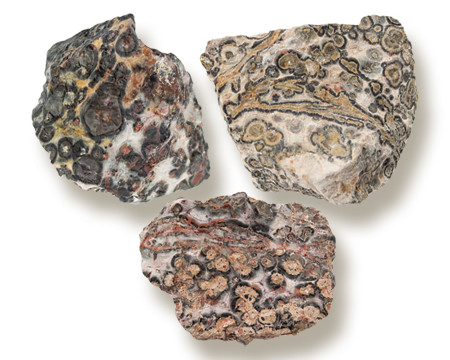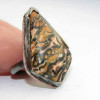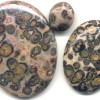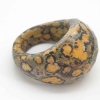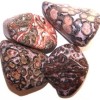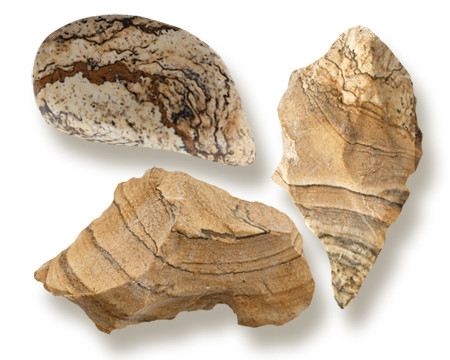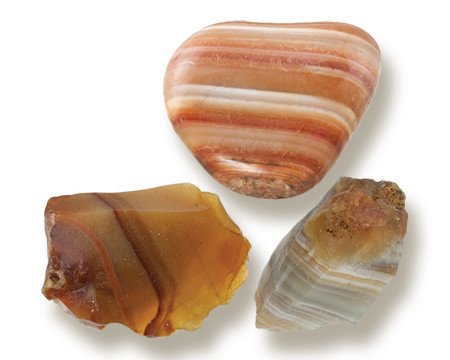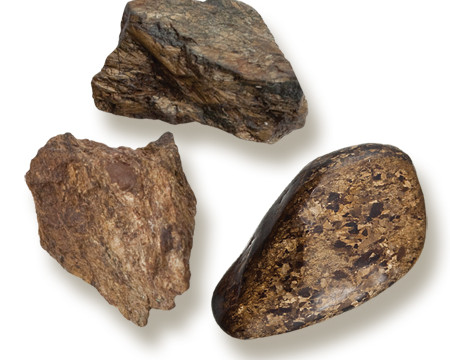Product Description
FOUND IN: AUSTRALIA, BRAZIL, CANADA, EGYPT, INDIA, KAZAKHSTAN, MADAGASCAR, RUSSIA, URUGUAY & USA.
Jasper is usually considered a chalcedony, but put by scientists in a group by itself because of its grainy structure. The finely grained, dense jasper contains up to twenty percent foreign materials that determine its color, streak and appearance. Uniform jasper is rare. It usually is multicolored, striped spotted or flamed.
Some of the most treasured gems are those that show a picture that appears to be taken from nature, called “landscapes”. Oregon’s Biggs Jasper is now the most common source. Another specialty is bloodstone or blood jasper, also known as “heliotrope”, a dark green chalcedony or jasper with flecks of red.
METAPHYSICAL:
Leopard skin jasper is associated with shaman travel and spiritual discovery. It helps you to connect with your spiritual animal totem and traverse between the worlds in order to learn the lessons of your personal totem.
Jaspers of all kinds have long been attributed magical powers in just about every culture known to man.
SCIENTIFIC:
Color: All colors, mostly stripped or spotted
Color of streak: White, Yellow, Brown, Red
Moh’s hardness: 6½-7
Specific gravity: 2.58-2.91
Cleavage: None
Fracture: Splintery
Crystal system: Hexagonal (Trigonal), Microcrystalline, Grainy Aggregates
Chemical composition: SiO2 Silicon Dioxide
Transparency: Opaque
Refractive index: About 1.54
Double refraction: None
Dispersion: None
Pleochroism: None
Absorption spectrum: Not usable
Fluorescence: None

